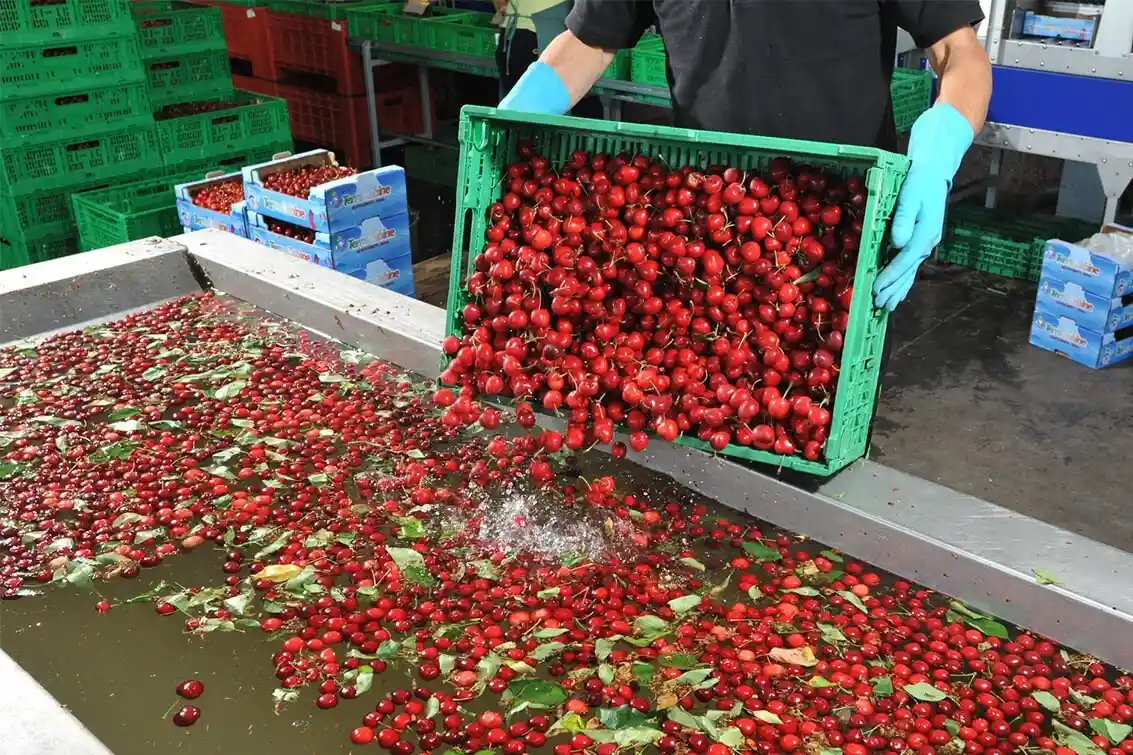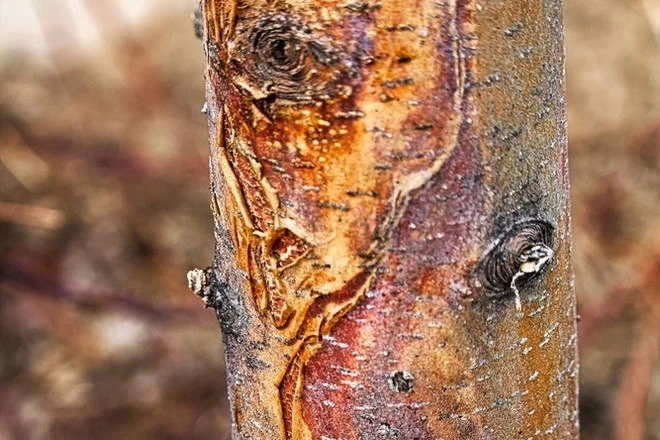Pesticide residues on harvested fruits and vegetables pose significant public health concerns. While consumers commonly use home-type washing treatments to remove these residues, their effectiveness requires scientific validation.
This study investigates the effects of pre-harvest pesticide applications and post-harvest washing methods on pesticide residue removal, physicochemical quality parameters, and storage behavior of sweet cherry fruits (Prunus avium L.) during 28 days of cold storage at 1 °C.

Results of washing treatments
Pre-harvest application of commonly used pesticides (malathion, boscalid + pyraclostrobin) followed by post-harvest washing treatments (distilled water, 5% vinegar, and 5% sodium bicarbonate) significantly influenced residue levels and quality of sweet cherries during storage.
Distilled water was the most effective method for reducing pesticide residues, followed by sodium bicarbonate (NaHCO₃) and vinegar. However, NaHCO₃ treatments resulted in greater mass loss and negatively impacted fruit firmness.
Pesticide treatments increased soluble solids content but generally reduced titratable acidity and antioxidant capacity by the end of storage. Pesticide and carbonate treatments contributed to undesirable changes in overall fruit quality.
Conclusions and future research
Washing treatments, especially with distilled water, effectively reduced pesticide residues from cherries, promoting safer consumption.
Washing treatments involving distilled water and vinegar had a positive impact on the preservation of fruit quality. Nevertheless, some treatments had a negative impact on storage quality.
These findings highlight the need for further research to identify optimal combinations of washing agents and storage strategies tailored to different pesticides and fruit types.
Source: Öcalan, O.N., Balkan, T., Dinçer, E. et al. Effect of washing treatments on the removal of pesticide residues, bioactive compounds, and post-harvest quality of sweet cherries (Prunus avium L.). BMC Plant Biol 25, 1502 (2025). https://doi.org/10.1186/s12870-025-07507-5
Image source: Terre Sabine
Cherry Times - All rights reserved













